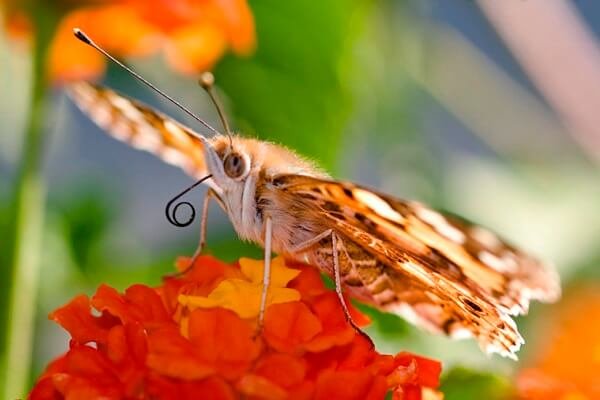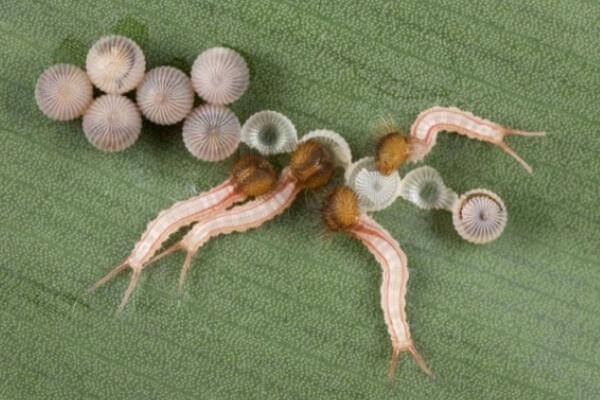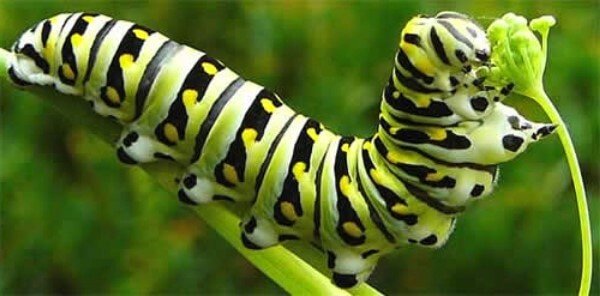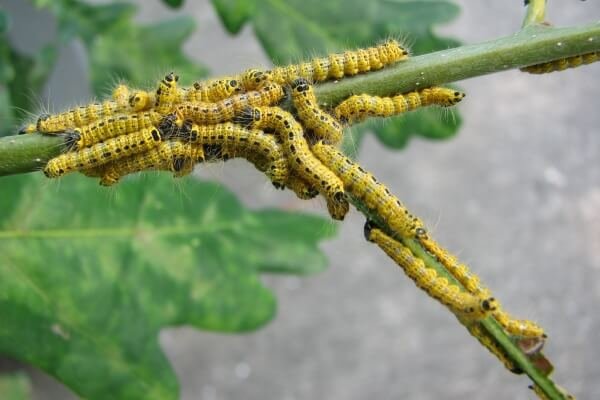ALL ABOUT BUTTERFLIES
Butterflies belong to the largest group of animals, that is, to the one that has a greater number of species: insects. Within this group, his (the lepidoptera) occupies the fourth place in terms of number and diversity of species, after the beetles, hymenoptera and diptera. In CurioSfera.com we want to explain the characteristics of the butterflies, their habitat, where they live, what they eat and much more information about them.  Characteristics of the butterfly
Characteristics of the butterfly
What are butterflies? You must know that they are insects, and as such, they are also arthropods, butterflies have the basic characteristics of this group. They have the body divided into three clearly differentiated parts: head, thorax and abdomen.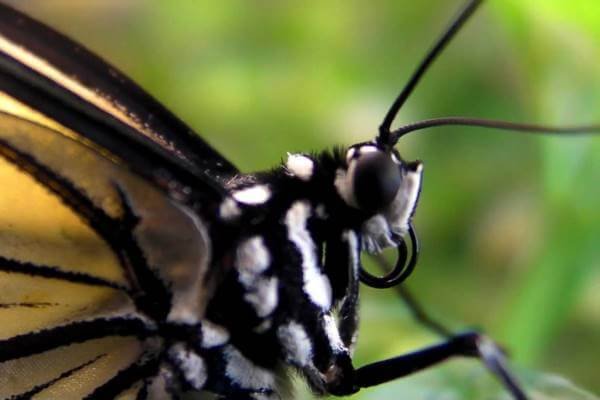
Like all insects, butterflies breathe through a trachea or series of tubes that carry oxygen to body tissues.
Development and phases of growth of the butterfly
For most people, the word butterfly evokes the image of the adult or imago. In general, we do not think about the complex development that precedes the appearance of the creature with its beautiful shape and colorful wings.
Butterflies, like the rest of insects, undergo a process known as metamorphosis, in which they follow in succession several completely different growth phases, starting with the egg and ending with the adult.
The lepidoptera undergo a complete metamorphosis, passing through four main phases, alternating always an active phase with an inactive or immobile phase. The four phases are:
Egg
Larva or caterpillar
Pupa or chrysalis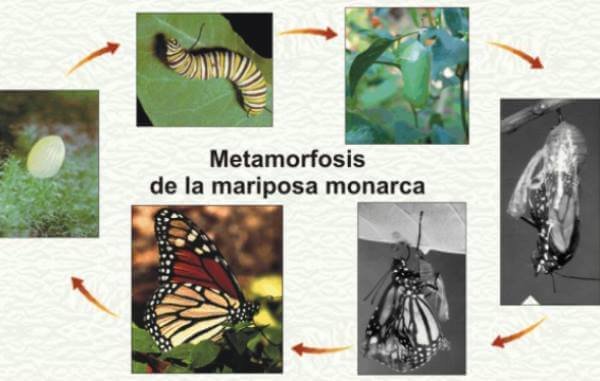
Egg
The life cycle of the butterfly begins with the egg. Eggs can be seen with the naked eye; even those of the smallest lepidoptera are relatively large: from 0.2 to 0.3 millimeters. The larger eggs of the more vigorous lepidoptera can reach the size of a pea: from 3 to 4 millimeters.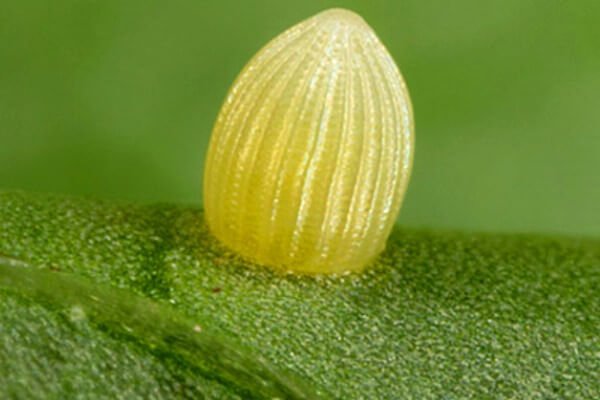
The females can lay their eggs isolated or grouped in characteristic forms: lined up in a row, stacked, in a single layer or in several layers. Sometimes the female makes its placement on the surface of leaves and branches, other times inserts the eggs carefully in fissures of trunks, under young buds or buds, under leaf litter, in rosettes of leaves or flowers.
Sometimes, the coloration can change with the development of the embryo. Pale eggs can acquire reddish marks; other times they take darker colors such as brown and violet. In eggs with thin and translucent shell it is possible to see the head of the caterpillar through the chorion towards the end of the embryonic development.
Caterpillar
After a certain period of time, varying greatly according to species and external factors, small caterpillars leave the eggs. The external factor that most influences egg development is temperature. Also the humidity, by excess or by defect, influences the eggs of some species.
The ideal temperature ranges around 20 ° C or 68 ° F. At lower temperatures the development of the embryo slows down or even stops; at high temperatures (up to a certain limit), development is usually faster.
In two or three weeks, or even earlier, it can acquire a length twenty times greater, a weight and a volume of two thousand to three thousand times higher and the head can increase six times in width.
However, not all butterfly caterpillars grow so quickly. In some species, the development lasts several months, sometimes even years, and there may be a great difference in the duration of development even among caterpillars of the same species, depending on the seasonal generation to which they belong.
This fast growth needs its corresponding amount of food and, as soon as it leaves the egg, the caterpillar begins to look for it. Frequently, the empty chorion serves the caterpillar as the first food, so that the traces of its birth disappear immediately. For some caterpillars it is fundamental that the chorion is their first food, and if for some reason they can not take it, they do not eat anything else and, therefore, they die.
